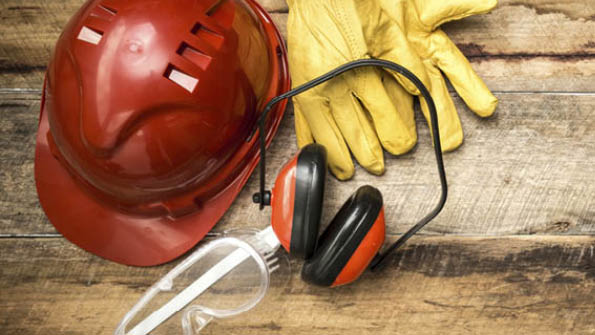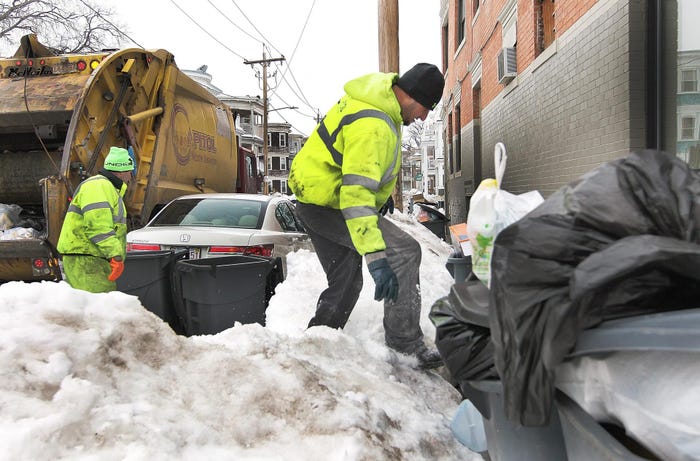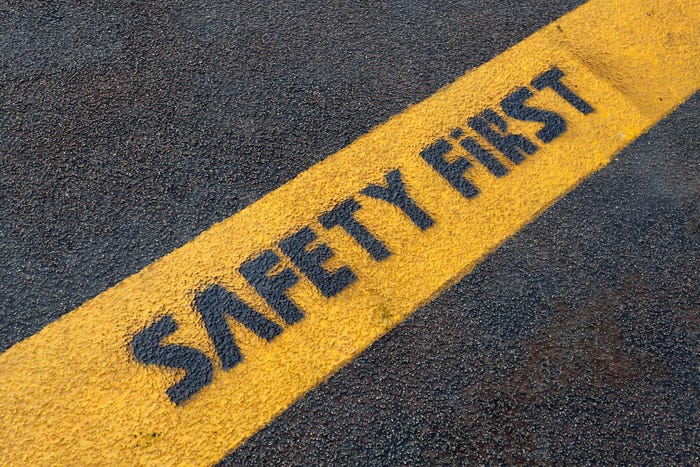The manual features a plethora of information and tips for helping solid waste and recycling collection workers remain safe before and after shift and out on the field.

The Business Integrity Commission (BIC), with help from the New York City Department of Sanitation, the National Waste & Recycling Association, the Solid Waste Association of North America, New Yorkers for Responsible Waste Management, Waste Connections and other local companies, Teamsters Local 813, Laborers Local 108, the Transform Don't Trash Coalition and Transportation Alternatives, has created and released a free commercial waste safety manual for solid waste and recycling companies and employees in New York.
The manual, which was first shared by Waste Dive yesterday, features five main sections and a plethora of information and tips for helping solid waste and recycling collection workers remain safe before and after shift and out on the field.
“Safety is everyone’s issue. We appreciate all of your efforts to make the trade waste industry safer,” said David D. Brownell, commissioner and chair of BIC, in the manual. “This manual is only the first step. With your help, BIC will continue to develop training materials and increase oversight. Together, we can help the city achieve its Vision Zero goal of ending traffic-related deaths and injuries in New York City.”
Below is a brief overview of the manual. It can be viewed in full here.
Safe Start to the Day
The first section of the manual features the actions that companies and their employees can take to stay safe on the job and avoid the common and dangerous issue of drowsy driving, including worker readiness, being aware of hazards in the trade waste industry, wearing personal protective equipment, reviewing daily Driver Vehicle Inspection Reports (DVIR) and performing pre-trip inspections.

On the Collection Route
The second section in the manual offers guidance around limiting cell phone usage and distractions, which can potentially lead to collisions, and safety tips for the road. From following traffic laws and using a three-point system to being aware of pedestrians, cyclists and other vehicles in intersections and while turning and following the proper procedures for backing up with or without a helper, this section is jam-packed with informative and useful safety policies and tips.
It also includes a detailed chart of safety equipment for trucks, which can greatly improve public and worker safety.

Safe Collection Stops
The third section provides helpful steps that workers can take to stay safe and healthy while making stops on their collection routes. It breaks down how to lift properly and safely, how to achieve safe stops each and every time, how to inspect and handle containers and how to complete hopper cycling properly and safely.

End of the Shift
The fourth section of the manual asks companies to remind employees that safety during the end of the shift, and in the garage or yard, is just as important as safety out in the field. It highlights garage and yard safety tips, information on how to develop and implement an effective and efficient preventative maintenance schedule and details for completing DVIRs properly.

When Things Go Wrong
The fifth and final section of the manual provides information to help companies and their employees be prepared in the event that there is an incident that results in dangerous conditions, an injury or a fatality. It’s filled will details about how to handle breakdowns, collisions and fires as well as how to properly reward safe practices and coach workers to improve unsafe ones.

About the Author(s)
You May Also Like




